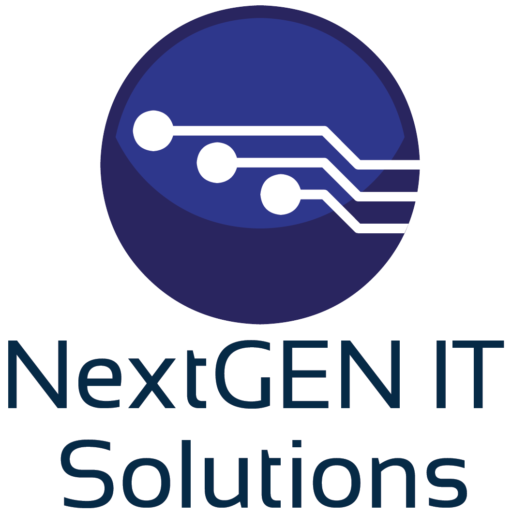Navigating Cloud Computing Costs for Small Businesses

In the digital era, where technological advancement is critical for survival and growth, cloud computing has stood out as a pillar of innovation, offering unmatched scalability, flexibility, and the prospect of enhancing operational efficiency. Its appeal has been particularly pronounced among small enterprises, which have been enticed by the opportunity to leverage advanced IT infrastructure without the hefty initial investments traditionally associated with such technology. However, as these enterprises dive deeper into the cloud computing ecosystem, a stark realization is coming to the fore: the escalating costs associated with cloud services can quickly become a financial strain, rendering this option less feasible for businesses operating on constrained budgets. This awakening is catalyzing a notable pivot back to more conventional IT solutions, such as the procurement of cost-effective hardware and refurbished equipment, simultaneously underscoring the perpetual necessity for proficient IT management services.
The Financial Quandary Posed by Cloud Services
The cloud’s pricing model, often lauded for its apparent flexibility, ironically, can morph into a predicament for small enterprises. It promises an accessible entry point with minimal upfront fees, yet it harbors variable costs that are prone to significant fluctuations due to changes in usage, data transfers, and the integration of additional cloud services. For numerous small enterprises, these variable expenses can cumulate to a juncture where cloud computing shifts from being a strategic asset to a financial liability, challenging the prevalent belief in its cost-effectiveness as a universal IT solution.
Reassessing the Merits of On-Premises Infrastructure
In light of the escalating expenses tied to cloud services, there is a resurging appreciation for the merits of on-premises hardware solutions. The diminishing cost of physical servers and storage systems, coupled with technological advancements, has rendered on-premises infrastructure not only more affordable but also more efficient than ever before. This trend is further buoyed by the expanding market for refurbished IT equipment, which empowers businesses to acquire dependable, top-quality hardware at significantly lower prices. The appeal of refurbished equipment is augmented by warranties and support packages, offering peace of mind and making it an enticing proposition for budget-conscious enterprises.
Dispelling the Myths Around Maintenance Expenses
A pervasive myth among small enterprise owners is the purported higher cost and labor intensity associated with maintaining on-premises solutions as opposed to cloud-based alternatives. This view, however, overlooks the reality that irrespective of the infrastructure’s location, professional IT management is essential for its effective operation. Managed Service Providers (MSPs) and IT consultants are instrumental in this context, providing a comprehensive array of services aimed at sustaining, securing, and enhancing the performance of IT systems, whether cloud-hosted or physically on-site.
The truth is, the expenses related to IT infrastructure maintenance are more closely linked to the intricacies of a business’s operational activities than to the physical location of its servers. MSPs and IT consultants are adept at aiding enterprises in efficiently managing these costs by offering specialized expertise and resources that might be beyond the internal capabilities of small businesses. Their services span from routine maintenance and software updates to cybersecurity defenses and data backup strategies, enabling businesses to concentrate on their primary operations without the encumbrance of IT management duties.
Harnessing IT Firms for Strategic Cost Management
For small enterprises navigating the complexities of IT infrastructure, whether cloud-based or on-premises, the support from a proficient IT firm is invaluable. These entities can dispense strategic counsel on harmonizing the imperative for technological innovation with budgetary limitations, thereby aiding businesses in making enlightened decisions regarding their IT investments.
In the realm of cloud systems, IT firms can streamline configurations to curtail costs while safeguarding performance and security. This might entail selecting the most economically viable cloud service models, optimizing resource utilization, or brokering contracts to secure the most favorable terms for the enterprise.
Conversely, for enterprises opting for on-premises solutions, IT firms can offer their expertise in setting up and maintaining hardware, instituting data management best practices, and ensuring that systems are both scalable and secure. By customizing their services to meet the unique needs of each business, IT firms enable small enterprises to strike a balance between cost, performance, and security, irrespective of their data’s location.
As the economic implications of cloud computing become increasingly evident, small enterprises are reevaluating their IT strategies. The declining prices of hardware and the availability of premium-quality refurbished equipment present viable alternatives for those seeking to exert greater control over their IT expenditures. Regardless of the selected infrastructure, the expertise offered by IT management companies remains critical in ensuring that enterprises can efficiently and cost-effectively navigate the intricacies of modern IT environments. Ultimately, the decision between cloud and on-premises solutions transcends mere technical preferences—it’s a strategic consideration that demands careful contemplation of both immediate and enduring financial implications. For small enterprises, identifying the optimal balance between innovation and affordability will be crucial for fostering sustainable growth in a continuously evolving digital landscape.




